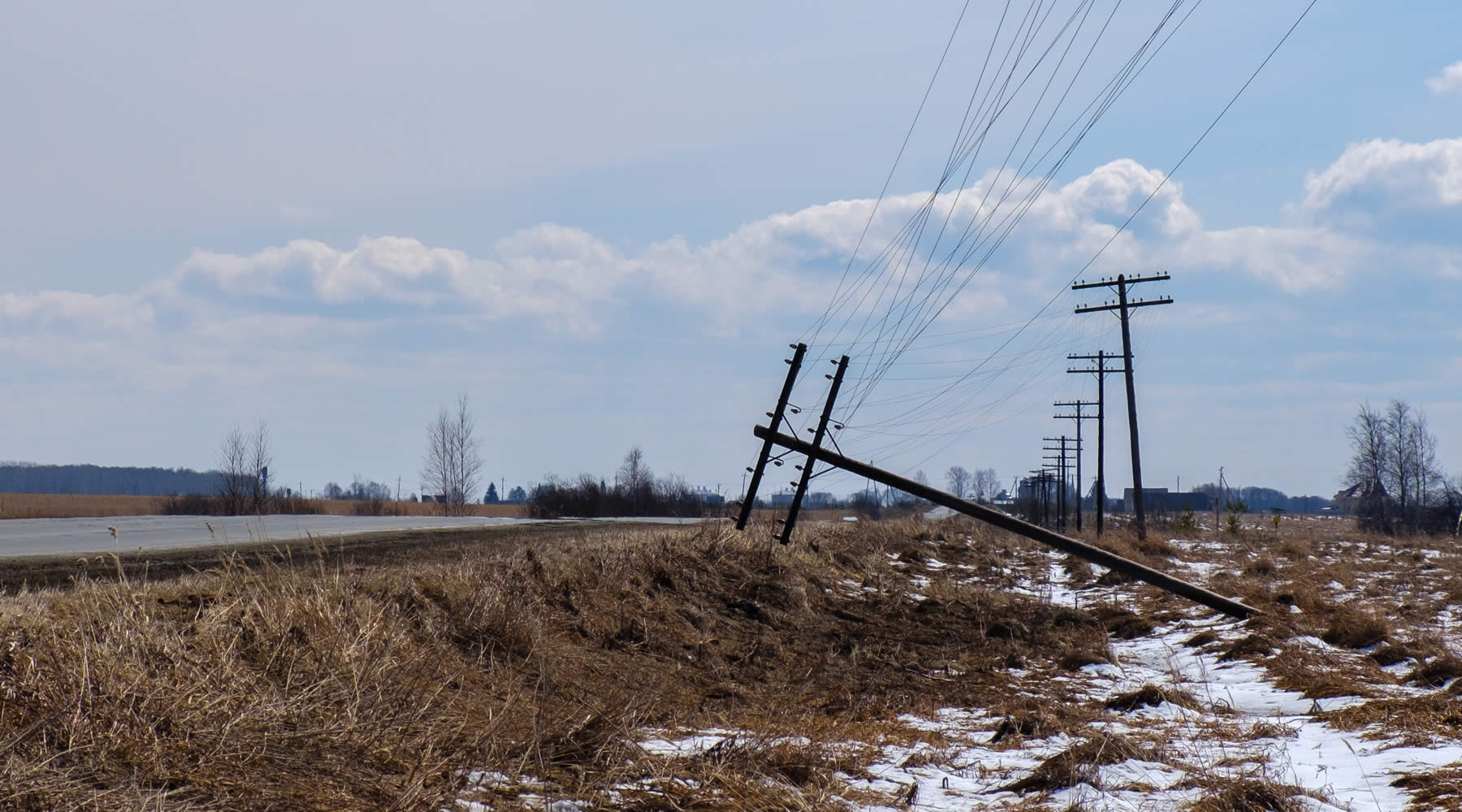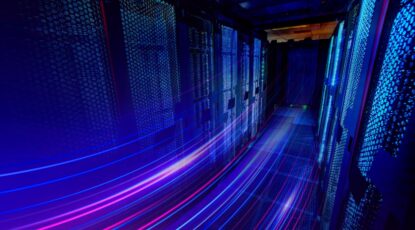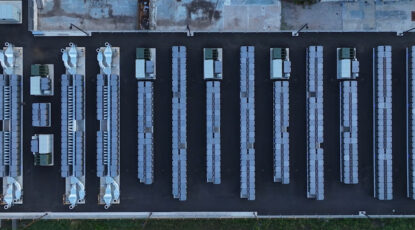Over the past year, extreme weather events – and therefore, power outages – further integrated into the nation’s DNA. Data from NOAA indicates extreme weather broke over 120,000 records in the U.S. in 2019. Fourteen separate weather and climate disasters caused financial losses exceeding $1 billion apiece, including severe storms, flooding events, cyclones, and wildfires.
These weather events and natural disasters severely stressed the nation’s aging grid infrastructure, resulting in widespread power outages that left counties and even entire states in the dark – sometimes for days.
But there were some businesses and communities that were prepared for grid failure. When entire regions went dark, their buildings still emanated light and heat. These facilities had microgrids.
Microgrids are localized sources of power that remain ready to disconnect from the main power grid in the event of an outage. Because they can island from the grid, they’re able to provide resilient safe havens of power at all times.
Bloom has 89 of these power havens deployed across the globe, and in 2019 alone, our AlwaysON Microgrids helped power customers through more than 675 grid outages.

From the U.S., to India, to Japan – our microgrids maintained an uninterruptible power supply for hospitals, supermarkets, data centers, high tech manufacturers, university campuses, and beyond. In total, we helped our customers avoid more than 58,000 minutes of downtime – that’s the equivalent of 40 days of downtime prevented.
In fact, one microgrid customer in New York rode through an outage lasting longer than 5 days.
These ‘saves’ mean more than just keeping the lights on. For large enterprises, it can mean savings of more than $5 million for every hour of downtime. When you start considering multi-day outages, that number climbs to the hundreds of millions.
Learn more about fuel cell-powered microgrids and how to protect your business from outages



